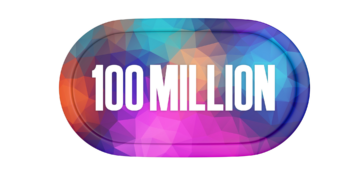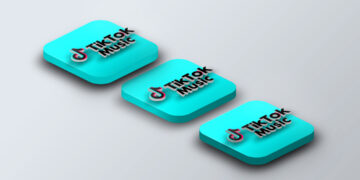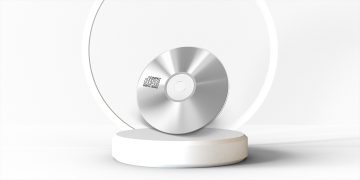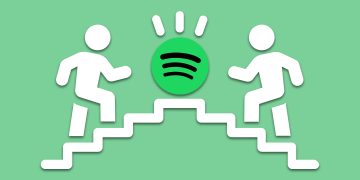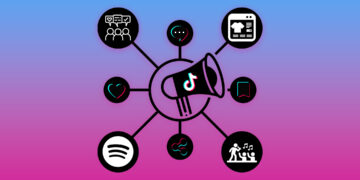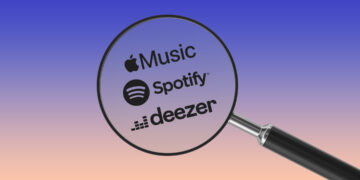Streaming harms middle class artists the most
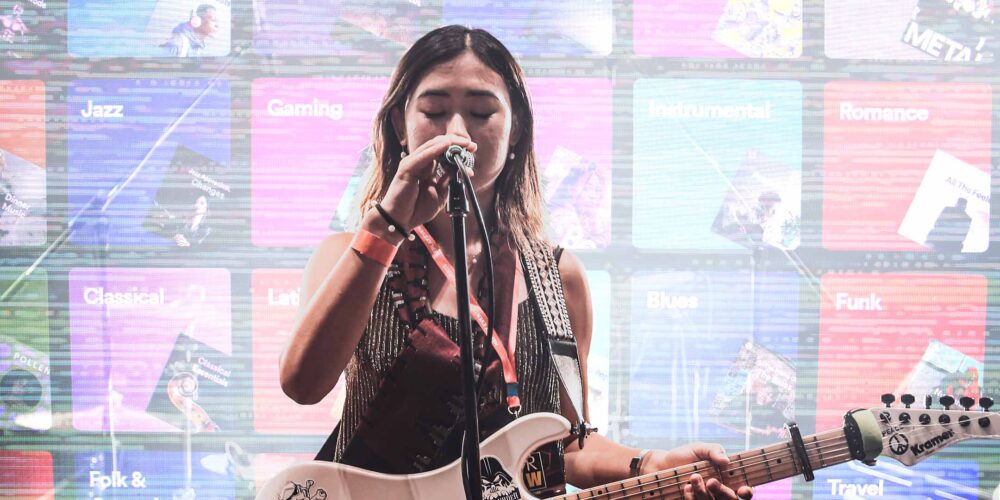
- The streaming mechanisms make it impossible to massively increase the payout per stream
- Why this affects the middle class artists the most
- Why you should still not turn away from streaming
The conflict with the streaming system and especially with the payout for musicians has been going on for a while now and the pandemic has only put fuel to the fire. Many artists are protesting, some are actively engaging in various movements, and in the UK, the question of whether payouts are fair is even being discussed on a parliamentary level. A recently published analysis by MIDiA shows which musicians are suffering the most under the low payouts from streaming services.
The mechanisms of streaming
The analysis agrees that labels, publishers, and streaming services should be handing over a bigger portion of the revenues to their artists, but it also reveals that this is not the main problem. That lies within the mechanism of streaming itself. It would never be possible to increase the payout per stream to such a degree that middle-class artists could live off it without the entire streaming structure collapsing on itself.
Middle class hit hardest
It is Spotify’s declared goal to have more and more artists able to make a living off their streaming revenues alone. But even though this number is sure to increase further, MIDiA’s analysts do not believe that the broad middle class will be able to generate enough revenues. If a musician earned USD 35,000 per year from CD sales in the past, he might make 7,000 from their streams today. Even if the payout per stream were to double, the revenues would still be strikingly lower than those from the sales-based model. In order to get the same amount, you would actually need to quintuplicate the payout, which would cause the entire streaming system to collapse.
Since the top artists still make a significant amount from streaming, as well, and those who were already making little to nothing prior to streaming will continue to do so, this means that those most affected are the middle class. In the old, sales-based model, you made more revenues with fewer fans. In the streaming model, you reach a bigger audience, which can lead to more revenues from live performances, merch sales, etc.
Conclusion
For most artists at the moment, it is not realistic to live off streaming revenues alone unless they make it into the superstar league. What middle-class artists need to do is find their niche and focus on their biggest fans. These are the ones who go to the concerts, buy merch and NFTs, or support the artist on Patreon. These revenues plus the streaming might enable middle-class artists to live off their art, as well.
Turning away from streaming entirely because you’re frustrated by the low payouts would be a big mistake. That would mean losing one of the most important platforms for gaining new fans. You should not view streaming services primarily as a source of income but rather a tool, just like radio, for instance. You can use it to reach new listeners and have other monetization avenues that your now larger audience can use to support you. iGroove Magazine provides regularly posted tips on what other tools you can use so that your most loyal fans can also bring you some financial gain and stability.


